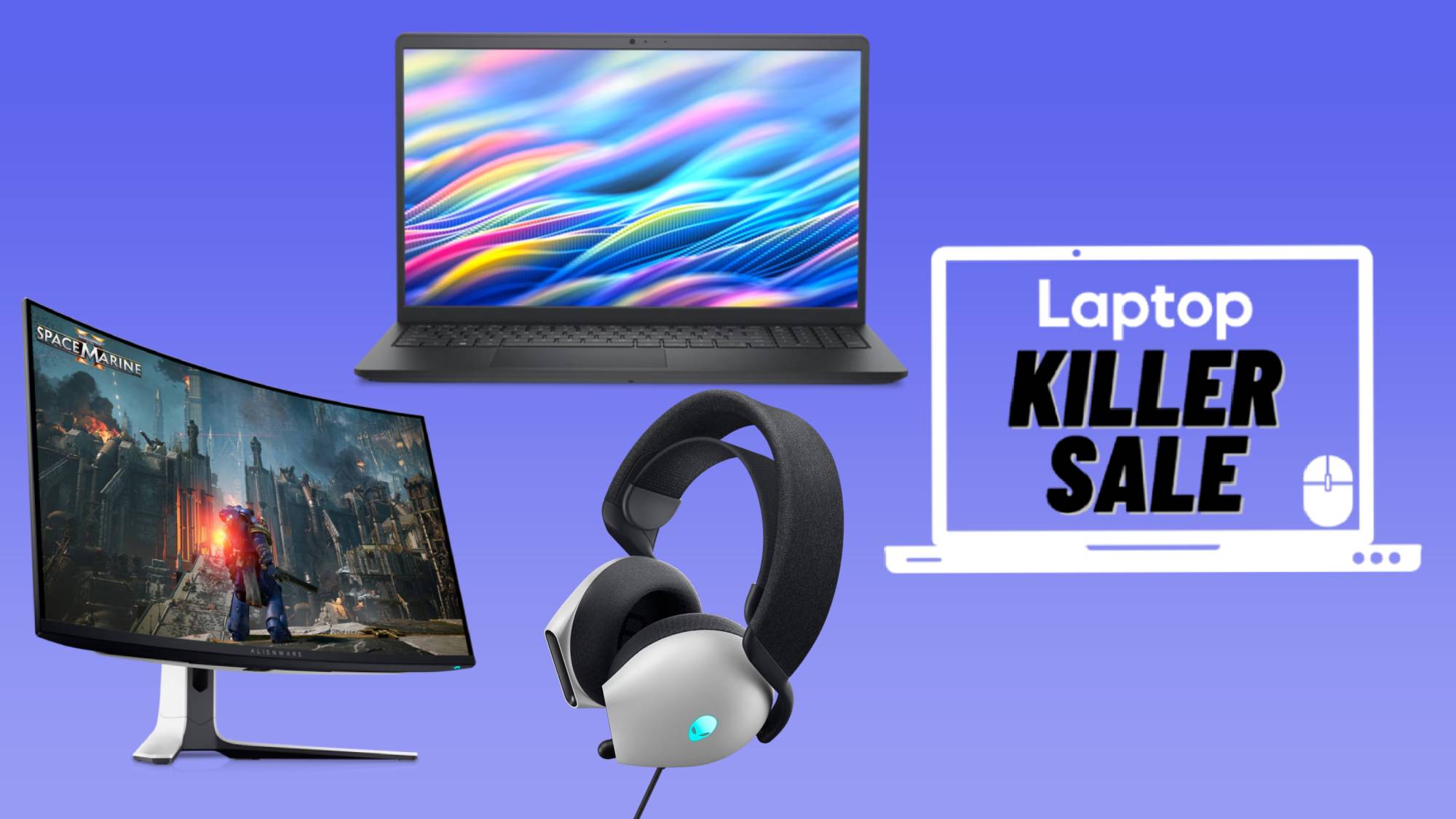Clothes shopping in the metaverse sounds cool — but these 3 issues make it impossible
E-commerce in the metaverse is a pie-in-the-sky idea — for now
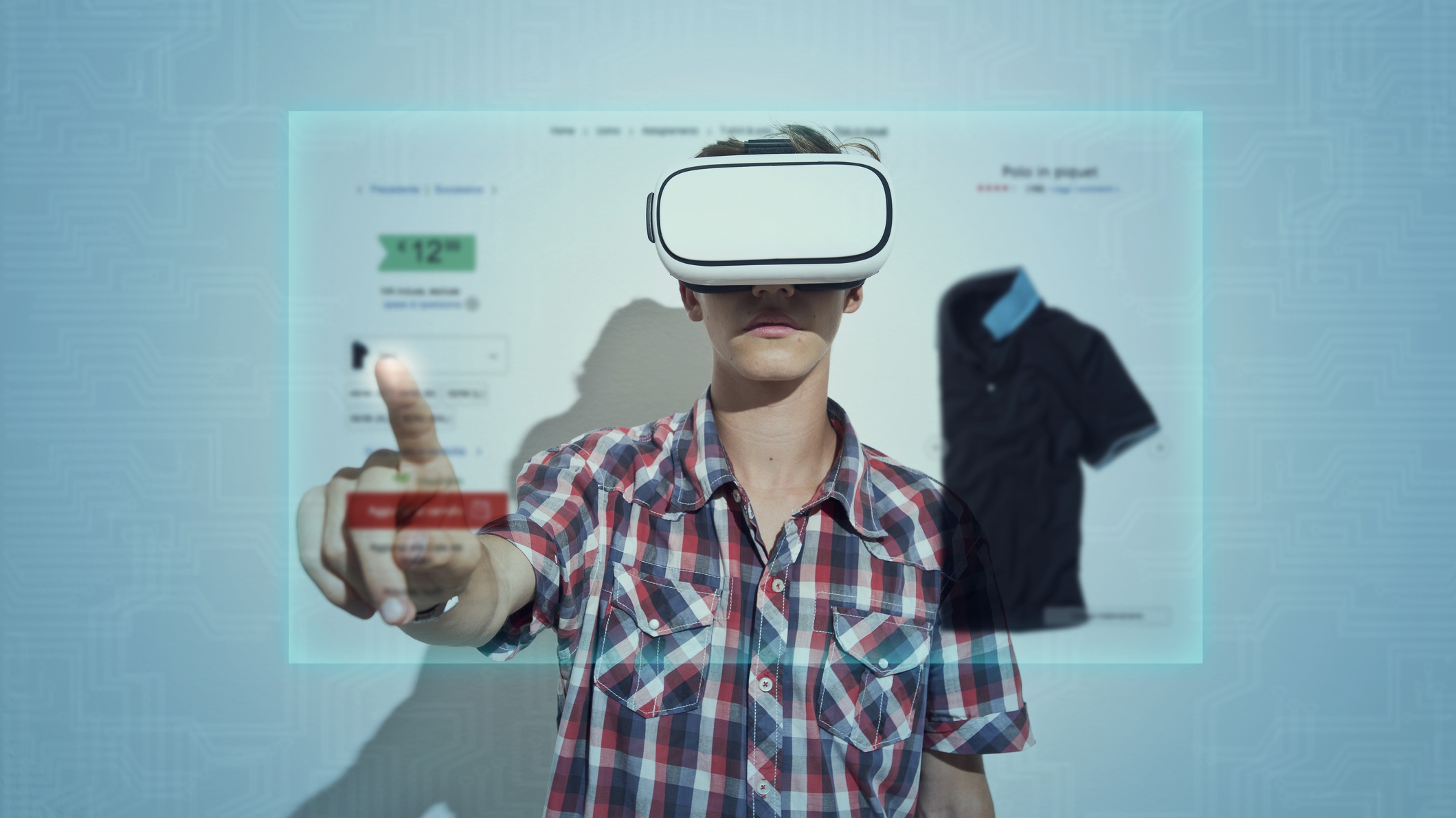
Clothes shopping in the metaverse would be cool! Imagine strapping on a VR headset and teleporting yourself into a simulation of your favorite clothing store filled with interactive clothing racks that showcase an eye-catching array of T-shirts, shorts, jackets, and more.
Something catches your eye? You can grab it, hold it to your body — and wham! — your 3D metaverse avatar, an exact replica of you, is now wearing the jeans you just picked up. You mosey up to the virtual mirror and check yourself out, wondering if it accentuates your posterior sufficiently.
Satisfied with your pert behind, you decide to purchase the jeans. You hand it over to an AI cashier and this kicks off a back-end process in which your bank account is charged $49.99 and your new jeans — the real ones — are headed to your front porch in 24 hours.
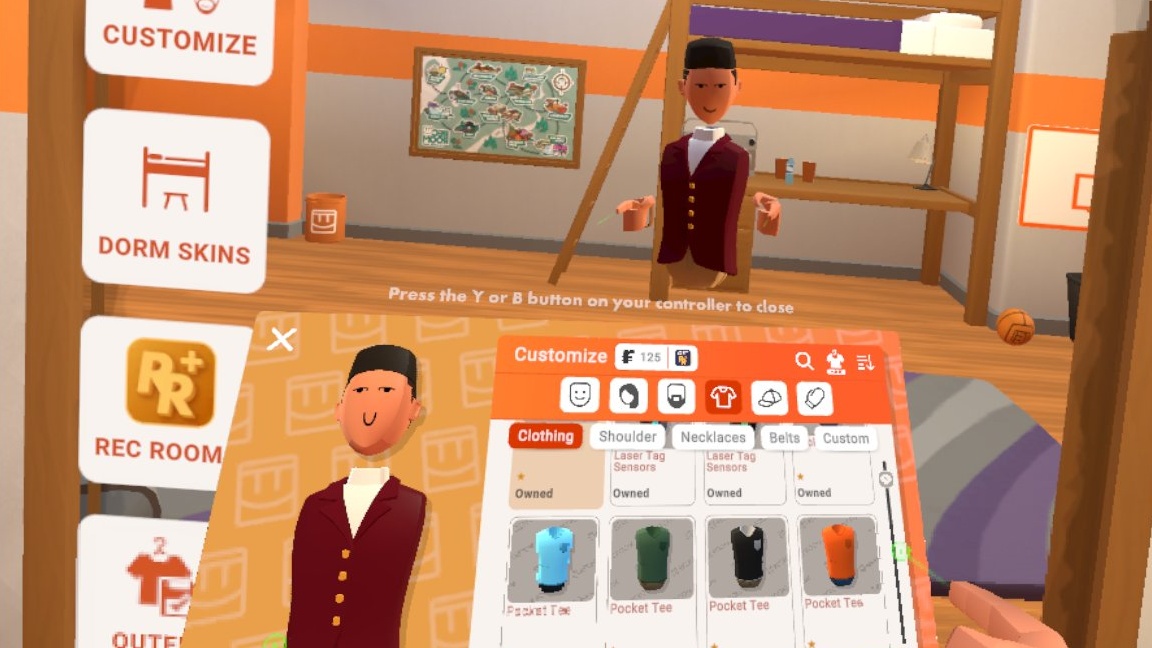
While many businesses have considered creating the aforementioned experience, there’s one problem. Well, there’s a few, actually. We may have made giant strides with VR headsets like Meta Quest 2 finally starting to resonate with the general populace (as opposed to niche gamers and enterprise users), but still, we have a long, long way to go before we can shop at Walmart in the metaverse.
We spoke with Metaverse Expert Dr. Rolf Illenberger, the managing director of VRDirect (a tech company that helps companies connect to VR platforms seamlessly) to give us more insight into the three challenges that thwart e-commerce in the metaverse.
1. Current-gen VR hardware just isn’t ‘there’ yet
Sure, VR headsets have evolved incredibly over the years. For example, at one point, head-mounted displays (HMDs) could only deliver three degrees of freedom (3DoF). What’s 3DoF? Without delving into a tedious, verbose answer, it basically means you can only tilt the head in three ways: forward/backward (as if you’re looking down the floor or up at the sky), left/right (as if you’re shaking your head ‘no’) and side-to-side (as if you’re stretching your neck at the gym). In other words, 3DoF detects head movements — that’s it.

Now, VR headsets provide six degrees of freedom (6DoF). Not only can you look all around you, but HMDs can track your position in space, whether you decide to step forward or backward, parry left or right, and jump or squat, offering more immersion to VR gamers who want to shoot zombies and dodge their attacks, for example.
Sign up to receive The Snapshot, a free special dispatch from Laptop Mag, in your inbox.
Despite the mind-blowing progress regarding body tracking and sharper picture, today’s VR headsets are still too rudimentary for an immersive metaverse shopping experience, according to Dr. Illenberger.
“The number one challenge is that VR headsets are not yet suitable for buying smaller fashion items. The resolution of the device is not good enough. You cannot buy a watch in VR. Resolution is simply not there. You cannot buy clothes. That's the one challenge, but we'll overcome this once headsets have better resolution, better quality of images,” he said.
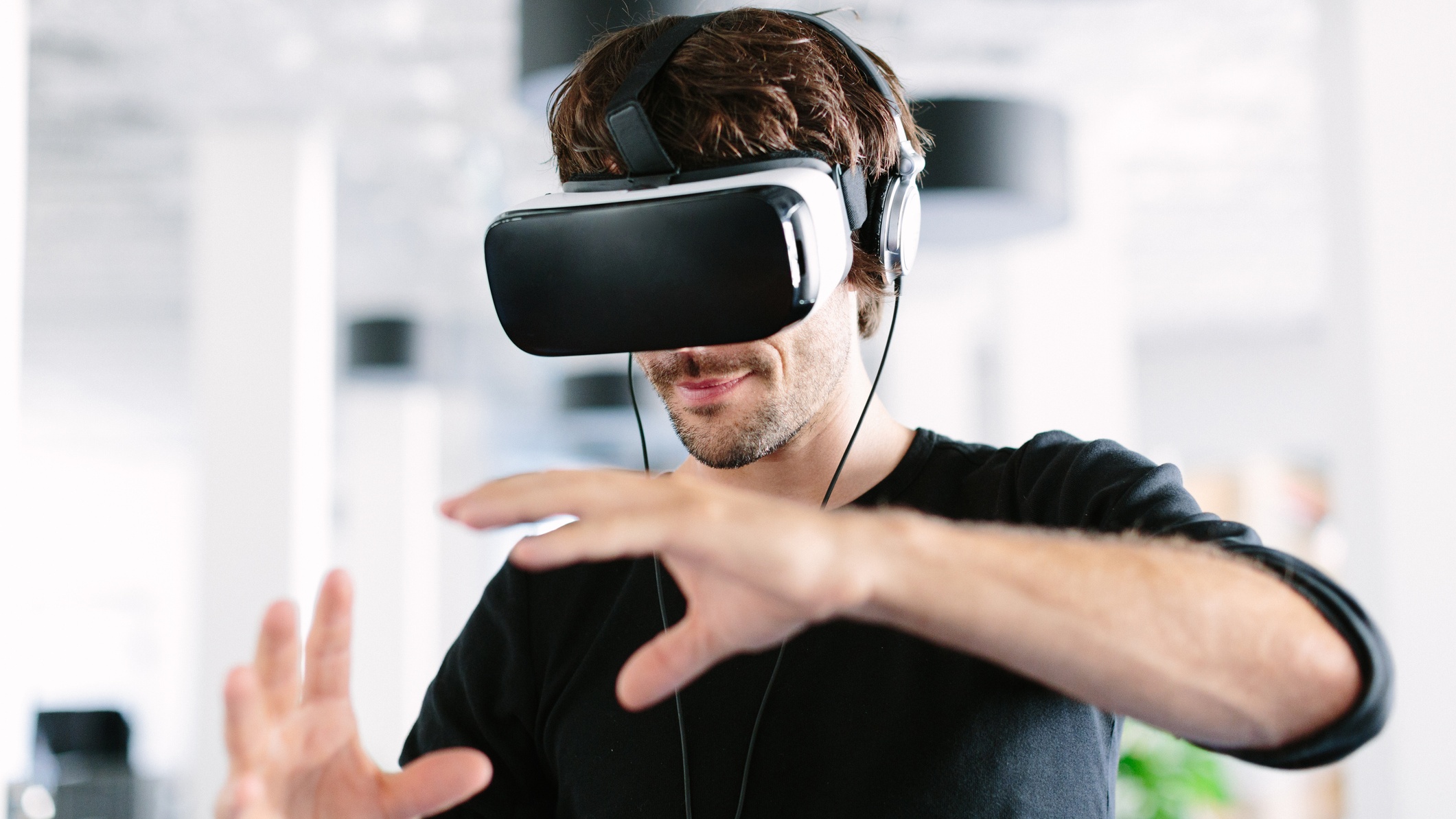
In other words, if you want to inspect an item in the metaverse with the intention of buying it, it simply won’t be sharp nor clear enough for you to make an informed decision, especially when it comes to smaller products.
Some may argue, however, that the HP Reverb G2, touted as offering the best resolution among consumer VR headsets (2,160 x 2,160-pixel resolution per eye), may be crisp enough to offer a decent metaverse shopping experience, but therein lies another hurdle (which we’ll tackle in the next section).
2. The current VR adoption rate isn’t worth the investment
Even though the Reverb G2 has top-tier, industry-leading resolution, it isn’t the best-selling VR headset — that trophy goes to the Meta Quest 2. Offering a resolution of 1,920 x 1,832 pixels per eye (compared to the HP Reverb G2’s 2,160 x 2,160 pixels per eye), the Meta Quest 2 isn’t going to deliver a satisfactory metaverse shopping experience that rivals Ready Player One immersion. And in the grand scheme of things, despite the Quest 2’s success, VR adoption still hasn’t caught fire yet.
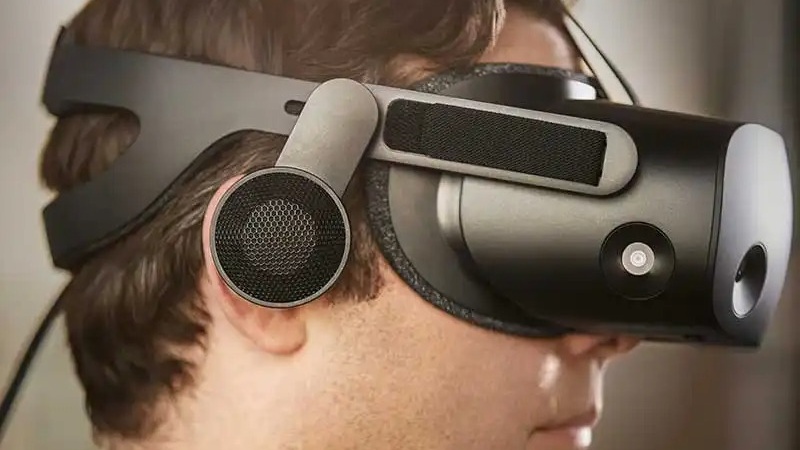
To give you a better perspective on the active VR market, there are 57.4 million VR users in the U.S.; this is only 15% of the population. What’s stopping the general populace from diving into the VR world head first? According to Zippia, it’s simply too expensive.
“You still have way too little headsets on the market,” Dr. Illenberger said. “Even if Meta manages to get a million headsets, it's nothing compared to the Web 2.0 ecommerce audience” In other words, companies should temper their expectations if they want to launch a store in the metaverse. Additionally, Illenberger insinuated that companies must think long and hard about whether their target audience would flock to the metaverse to begin with, otherwise they may be barking up the wrong proverbial tree. For example, most VR users are young males, according to Zippia, so if Victoria’s Secret decided to erect a store in the metaverse, for example, tumbleweeds would be rolling through the empty digital lingerie store.
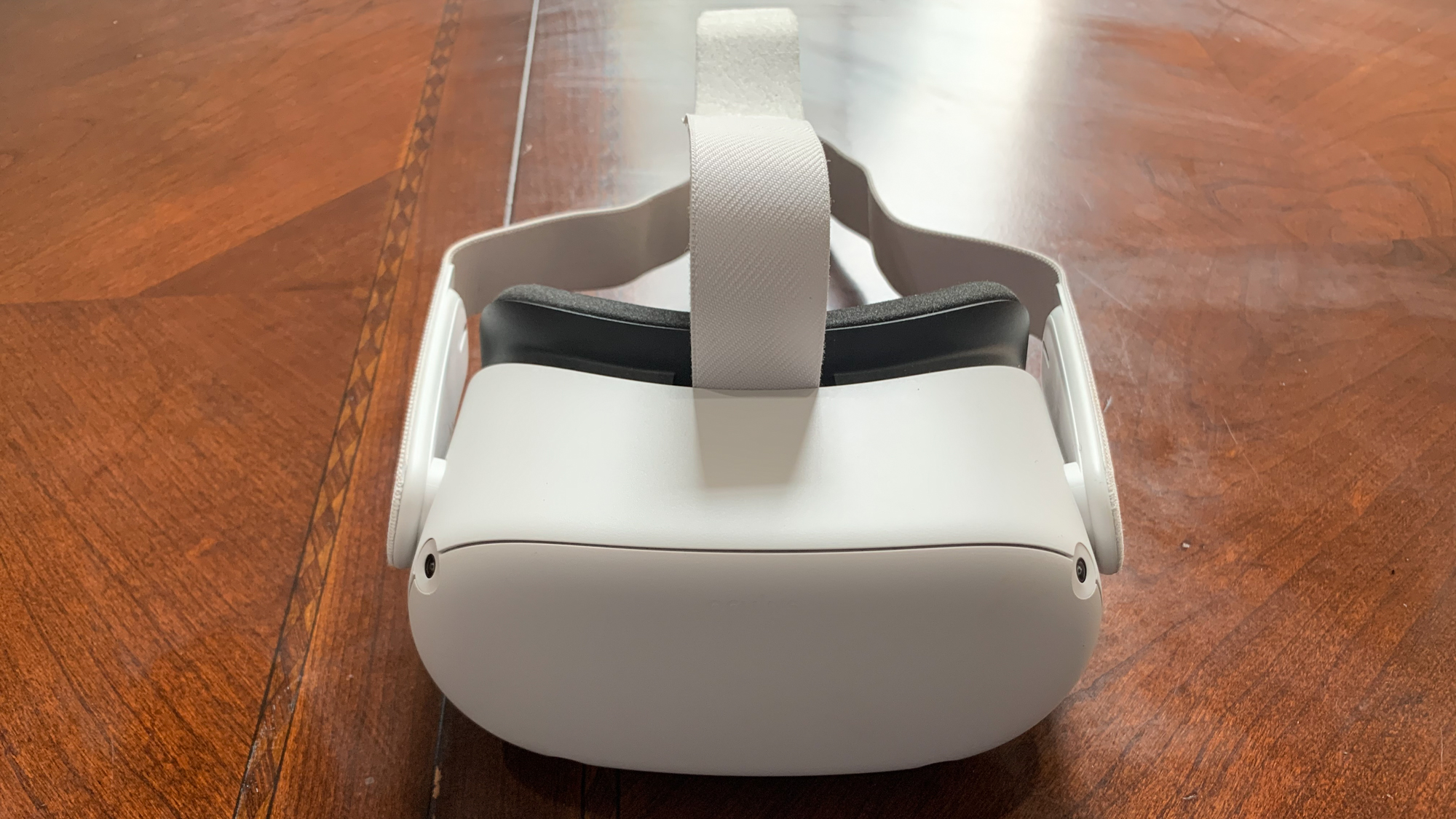
Granted, a VR headset isn’t the only way to access metaverse apps. The Sandbox and Decentraland — blockchain-based platforms you can visit via your computer — were all the rage as “metaverse ecosystems” during the media frenzy surrounding users purchasing digital real estate for hundreds, thousands, even millions of dollars. But at this point in time, launching an e-commerce presence on either platform would be futile.
“The question I often get is, ‘Can you support us in building an e-commerce store in Decentraland or in Sandbox?’” Dr. Illenberger said. “And then I have to tell brands, ‘Decentraland and Sandbox are essentially dead. You can invest in building some digital stores there, but it's a waste of money, so don't go there. You've been tricked.”
3. Lack of sophisticated software intermediaries
Finally, the backend infrastructure for VR headsets simply isn’t refined enough to manage a smooth-and-efficient metaverse shopping experience, especially when it comes to checking out. Even among new headsets like the Meta Quest Pro and the Pico 4, Dr. Illenberger said they don’t offer sophisticated APIs for connecting to shopping systems, making the execution too tricky.

“The stuff you know from the Web 2.0 shops where you can browse through a catalog of products, put that into a basket, and then check-out [...] — that doesn't work in VR because the technology is not there yet,” Dr. Illenberger said. “We need to open up the operating system, the APIs need to talk to each other, you need to have a credit card for the VR experience, so there’s more on the technical and operational side that you still have to overcome.”
Bottom line
While companies like Meta give users the impression that e-commerce will be a “thing” in the metaverse soon, Dr. Illenberger is skeptical — at least when it comes to the near future.
Big-box retailers are using VR, however, but they’re not using it to connect with consumers per se; they’re using it internally (e.g. employee training).
“When we talk about big brands like Walmart using virtual reality, in most cases, it's employer-facing more than customer-facing applications. So Walmart has started very early on the applications to train their employees on social activities and dealing with customers,” Dr. Illenberger said.
As it stands now, most enterprises are experimenting with VR with their employees . After all, training simulators slash costs, gamifies the experience, and prompts better learning retention. This isn’t to say that you won’t be trying on clothes in virtual fitting rooms one day — we just need to wait for the hardware and software to catch up with our lofty ambitions.
Kimberly Gedeon, holding a Master's degree in International Journalism, launched her career as a journalist for MadameNoire's business beat in 2013. She loved translating stuffy stories about the economy, personal finance and investing into digestible, easy-to-understand, entertaining stories for young women of color. During her time on the business beat, she discovered her passion for tech as she dove into articles about tech entrepreneurship, the Consumer Electronics Show (CES) and the latest tablets. After eight years of freelancing, dabbling in a myriad of beats, she's finally found a home at Laptop Mag that accepts her as the crypto-addicted, virtual reality-loving, investing-focused, tech-fascinated nerd she is. Woot!

